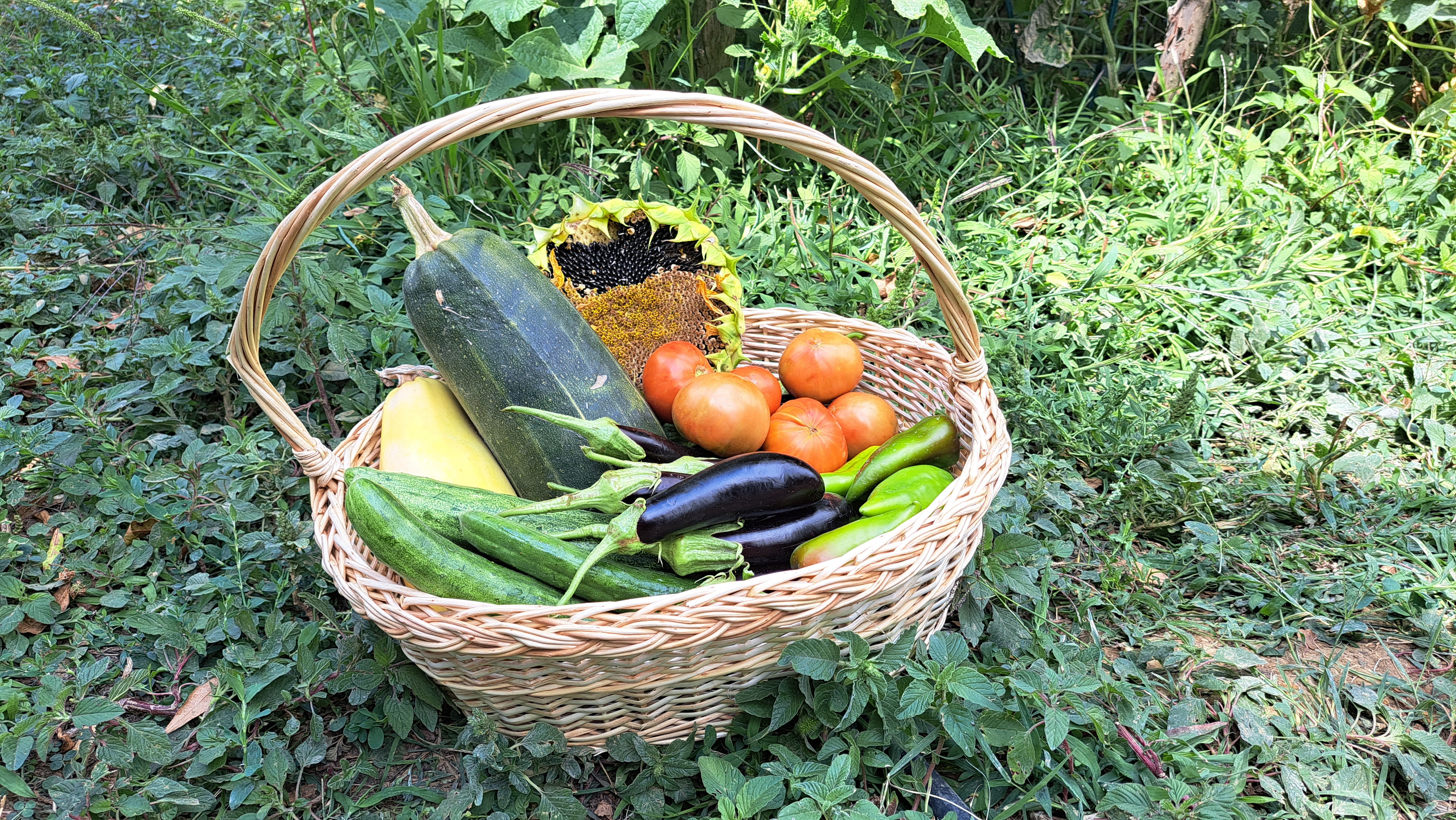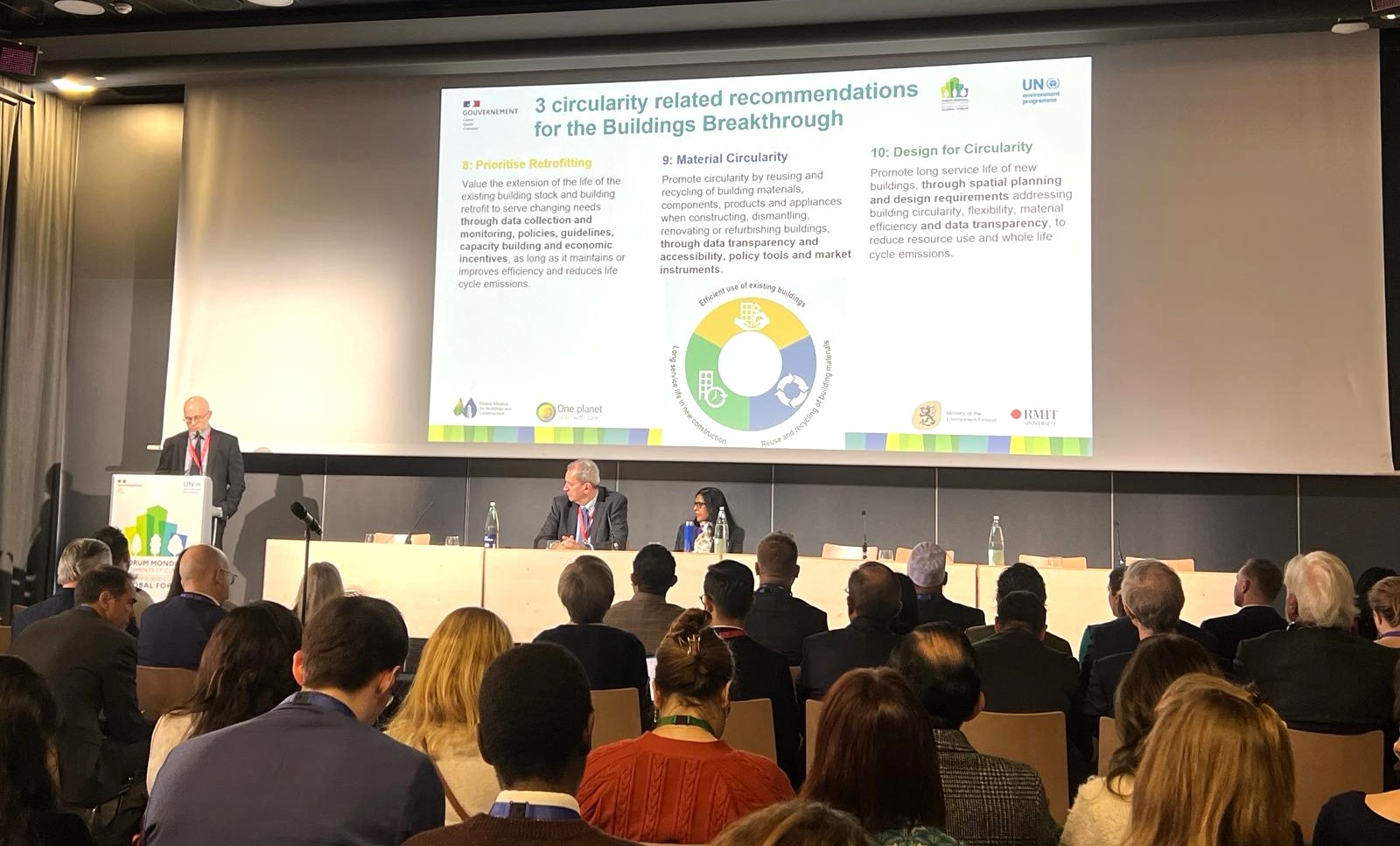Transforming Scarcity into Abundance
The Green Chaco project supports the sustainable production of meat and the increase in its demand, seeking a balance between production and conservation. The project promoted a series of trainings and practical workshops to develop small-scale forage conservation alternatives.
Forage strategy in the Paraguayan Chaco: an alternative for sustainable development and adaptation to climate change
The Chaco has a particular ecosystem, where the seasons are mainly divided into two: the rainy season and the dry season. During the rainy season - summer and spring - grass sprouts and grows inches per day. There is abundance, the wild animals and the production farms have enough food and water. With winter the panorama changes, the grass stops growing and stagnates due to lack of water and low temperatures. At that point, the difficulties begin for the Chaco producers.
The Green Chaco project, led by the Ministry of the Environment and Sustainable Development (MADES) and implemented by UNDP with financing from the GEF, supports the sustainable production of meat and the increase in its demand, seeking a balance between production and conservation. With this clear objective and to improve the conditions of small and medium producers in the department of Boquerón, the project promoted a series of trainings and practical workshops for 5 indigenous and 2 non-indigenous communities to develop small-scale forage conservation alternatives.
The indigenous communities of San Agustín, Cristo Rey, La Laguna and María Auxiliadora from the town of Pedro P. Peña, Macharety, Ignapui and Tunocojai; and the non-indigenous communities of Virgen del Rosario and Pirizal, worked hard during 2020 and early 2021 to ensure that their animals can arrive next summer in the best possible conditions.
“A man said to me: I have been working for 40 years and a drought like this came 10 years ago and I did not learn, he told me, I did not learn that you have to prepare for winter. And that mentality, that nature is prodigious and generally saves us in some way, can cost quite a bit”, recalls Eng. Luvys Cañete, technical field consultant in charge of working with communities in the Chaco on a forage strategy, which allow to face the times of drought in the Chaco, making possible the cultivation and storage of food for the animals.
The first step was to gain the producer’s trust and transform disbelief into enthusiasm, which was achieved by proving the effectiveness of the strategy with demonstration plots where the planted grass grew and the first bales could be assembled. The next thing was to scale the strategy to the space where the animals graze and, to conclude the work, leave the installed capacity to implement this strategy over time, and even improve production capacities; always with the aim of doing it in a sustainable way, producing more and better, in a smaller area of territory.
The task was not easy. Tomasito Abraham, leader of La Laguna in Pedro P. Peña, clearly expresses the challenge with which it began and was able to counter over time: “At first we did not think it would work, because they always come to teach us things and then they leave and don't come back ", he recalls." But when we saw that they came and stayed with us and did things with us, we then started to believe. "
Pasture under forest
In the town of Pedro P. Peña, where there are 4 indigenous communities of the western Guaraní people, the focus of the strategy was on making pasture under the forest, an initiative that began being led by the women of the community.
With this type of pasture, the livestock activity is better integrated with the conservation of the forests, since the grass grows under the trees and the animals can graze and take refuge from the intense sun of the Chaco in the shade. The next step is to rotate pastures and from there, there are no limits to increasing the quality of production in this community. Watch the video "Pedro P. Peña - Forage Strategy for the Praguayan Chaco".
Manual hay baling
For the Macharety community, the need was clear: hay bales to get through the winter. The solution went from being inaccessible to being at hand thanks to the training and delivery of a manual baling machine, easy to transport, which proved to be simple technology, adapted to their conditions. The producers of this community organized and put together a schedule of use for the machine, which allows each producer to generate around 50 bales of hay in a day, on his own account or with the help of other members of the community. Watch a video about Macharety forage strategy, which includes making hay bales for the winter.
And as the good things are meant to be shared, the community members, with the accompaniment of the team of technical consultants in the field, prepared a video tutorial on how to make hay bales.
Hydroponic forage
Pirizal and Virgen del Rosario had similar needs as Macharety, with a tough and recent precedent of much loss of livestock due to drought. These communities also focused on making hay bales and organizing to find solutions together. Here, a significant change occurred in the self-perception of the producers: from being “small” and in need of assistance from the government, they began to recognize their own capacities and the potential to be grouped and organized.
A little experimentation in Virgen del Rosario even led to testing the hydroponic cultivation of oat, corn and sorghum as forage. This provides a great nutritional content to the animals, in addition to requiring much less water, a precious commodity in the Chaco.
Conservation of forests and culture
For the indigenous communities of Ignapui and Tunocojai, the challenge was to achieve better control of the animals, in addition to balancing livestock production with the conservation of the forest and the crops of chili and caraguatá, a plant that is traditionally used for traditional crafts, like bags and accessories. In this way, producing better in a smaller territory gives them the possibility of better managing the animals and safeguarding the forest and the cultural component that it contributes to the communities.
A key factor for the implementation of this strategy was to have the local leadership of the Boquerón Government and the Municipality of Filadelfia, as well as central government institutions such as the Vice Ministry of Livestock, which accompanied with training in sanitation and delivery of veterinary supplies and the Professional Promotion Service (SNPP) that complemented the training with topics such as artificial insemination, agricultural administration and animal sanitation. Adding to this efforts was the constant monitoring by the technicians who made sure to maintain interest and grow enthusiasm for new production techniques, demonstrating that they result and encouraging producers in these communities to seek better opportunities and greater growth, thus contributing each to the fulfillment of the Sustainable Development Goals (SDG).

